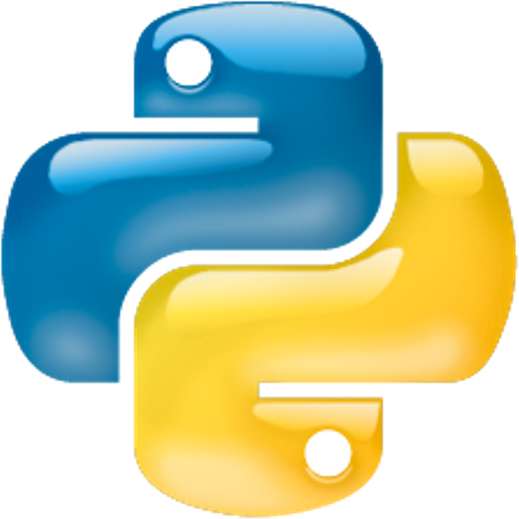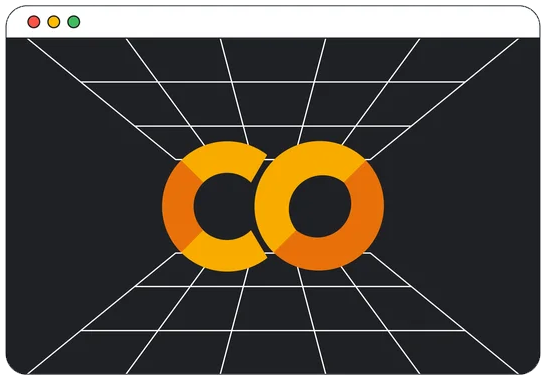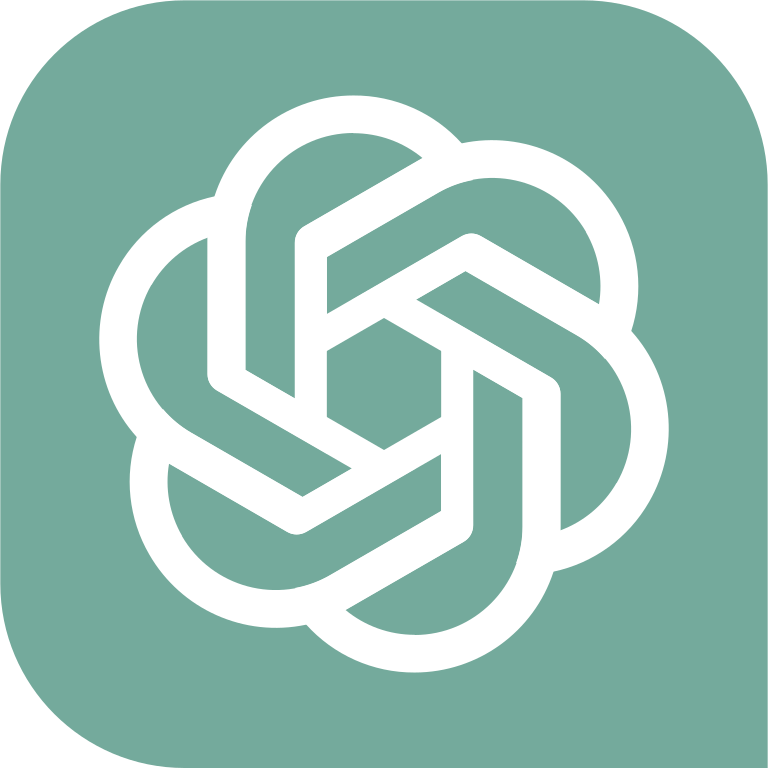Table of Contents » Chapter 5 : Disciplines : Sociology
Sociology
Overview
The field of sociology and Python programming intersect in meaningful ways, particularly in the era of digital data and advanced computational methods. Sociologists are increasingly leveraging Python's extensive capabilities for data collection, analysis, and visualization to examine and interpret social phenomena. For instance, Python's web scraping capabilities can be used to collect social media data for studying patterns of human interaction and behavior, and its text analysis libraries can be used to investigate large bodies of text, like news articles or public discourse, for social research.
Moreover, Python's advanced statistical libraries, like pandas, numpy, and scipy, allow sociologists to conduct intricate quantitative analyses, while machine learning libraries like scikit-learn and TensorFlow open the door to predictive modeling and the investigation of complex social dynamics. Visualization tools, such as matplotlib and seaborn, enable sociologists to present their findings in clear, visually appealing ways that can be more easily understood by a broad audience.
Finally, the growing field of computational sociology uses Python to model social processes and simulate social phenomena, providing a new lens through which to understand the complexities of social systems. In essence, Python serves as a robust tool in the sociologist's toolbox, enhancing their ability to explore, understand, and communicate about the social world.
- Social Network Analysis: Python, with libraries like NetworkX, is used to visualize and analyze social relationships. This includes studying social structures through the use of networks and graph theory.
- Computational Sociology: This emerging field uses Python to simulate social phenomena and model social processes, providing new insights into complex social systems.
- Quantitative Sociology: Python's extensive statistical libraries, such as pandas, numpy, and scipy, allow sociologists to conduct intricate quantitative analyses.
- Criminology: In the study of crime, Python can be used to analyze crime data, create predictive models for crime rates, and investigate the social factors contributing to criminal behavior.
- Sociology of the Internet: Python's web scraping capabilities are used to collect and analyze social media data to study online behavior, communities, and social movements.
- Demography: Python is used to analyze demographic data to study changes in population structure over time, and to forecast future changes.
- Cultural Sociology: Python can be used to analyze large corpora of texts, images, and other cultural artifacts, using methods such as natural language processing and machine learning.
- Environmental Sociology: Python can be used to analyze data related to environmental issues, including studying the societal impacts of, and responses to, environmental change.
- Urban Sociology: Python, often in conjunction with Geographic Information Systems (GIS), can be used to analyze patterns in urban development, gentrification, segregation, and more.



